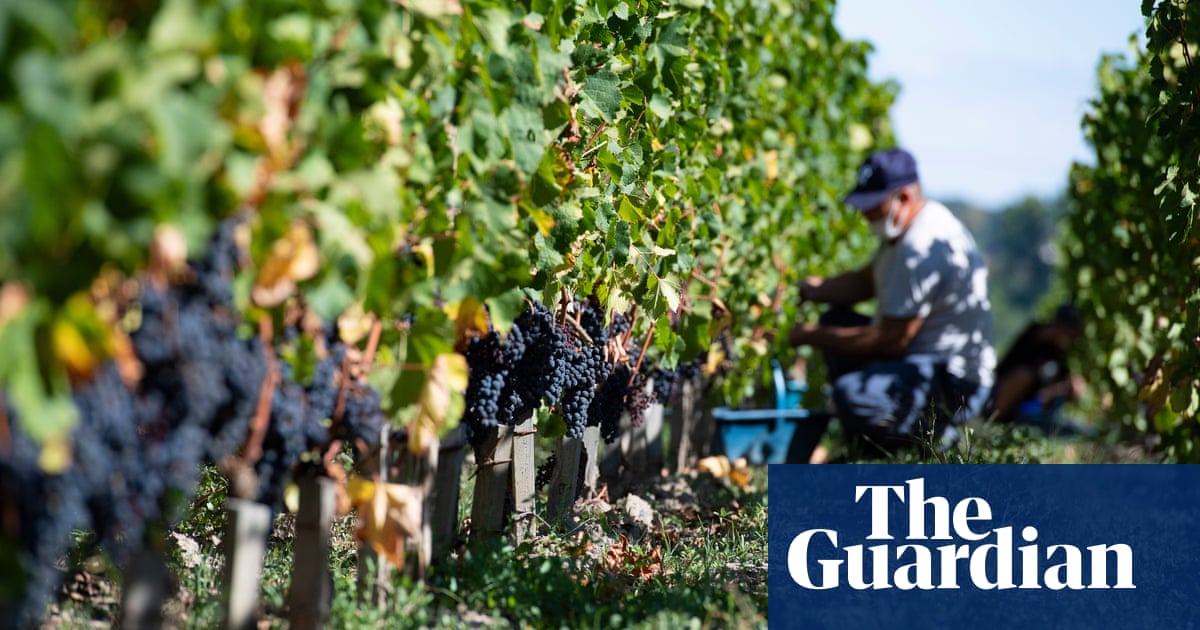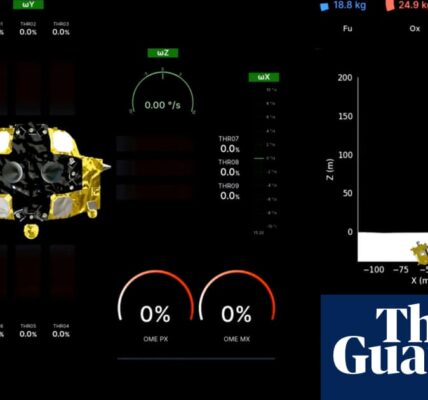
Scammers who try to sell low-quality wine as a top-shelf drink may soon face the scrutiny of artificial intelligence. Researchers have developed an algorithm that can trace the origins of wines through standard chemical tests.
Scientists utilized machine learning to differentiate between wines by analyzing minor variations in the levels of numerous compounds. This enabled them to trace the origins of the wine not only to a specific vineyard location, but also to the specific estate where it was produced.
According to Professor Alexandre Pouget from the University of Geneva in Switzerland, there is a significant amount of wine fraud occurring where individuals create false products in their garages, label them, and sell them for exorbitant prices. However, their research has shown that their chemical methods are sensitive enough to detect these counterfeit wines.
The scientists utilized gas chromatography as a tool for training the program. They applied this method to analyze 80 wines from seven different estates in the Bordeaux region of France, collected over a period of 12 years. This technique is commonly employed in laboratories to separate and identify the components present in a mixture.
Instead of searching for specific elements that set one wine apart from another, the program uses all detected chemicals in the wine to determine the most accurate signature for each. The results are shown on a two-dimensional grid, where wines with similar signatures are clustered together.
“We immediately noticed that there are clusters associated with each individual chateau,” stated Pouget. “This revealed that there is a unique chemical profile for each chateau, regardless of the vintage. It is the comprehensive combination of various molecules that sets each chateau apart, like a symphony where no single note is the defining factor, but rather the entire melody.”
The data presented many additional insights. Surprisingly, the distribution of the clusters closely matched the layout of the estates in the region, as wines from three chateaux north of the Dordogne River were distinctly different from those of four chateaux west of the Garonne River. Pouget explained, “Our analysis of the chromatograms accurately reflects the geographic map of Bordeaux.”
According to David Jeffery, co-author of Understanding Wine Chemistry and associate professor of wine science at the University of Adelaide, the potential of machine learning in food and agriculture investigations is increasingly apparent as it continues to be utilized in various ways.
Numerous elements, including grapes, soil, microclimate, and winemaking techniques, impact the levels of various substances present in wines produced by different chateaux. Although the program was able to accurately identify the correct chateaux for wines with 99% accuracy, it had difficulty differentiating between vintages and only achieved a maximum accuracy of 50%.
According to a study to be published in Communications Chemistry, utilizing machine learning may assist in detecting fraudulent activities by verifying the authenticity of wine labels. In Europe, counterfeit alcohol results in €3 billion (£2.6 billion) of lost sales each year and recent incidents have exposed the extent of criminal organizations operating in this industry. Earlier this year, members of a gang were found guilty of smuggling Spanish table wine into France and misrepresenting it as French wine. This scheme spanned several years and involved approximately 5 million bottles, with some being rebranded as bordeaux.
According to Pouget, although the program’s main purpose is to detect fraud, it could also be utilized to monitor the quality of wine production and ensure that the blending process is done effectively. He believes that this tool could enhance the quality of Bordeaux and Champagne by optimizing the blending process, which is currently only accessible to a select few highly-paid winemakers. With the implementation of this program, it could potentially reduce the cost of creating high-quality blends and benefit everyone involved.
Source: theguardian.com


